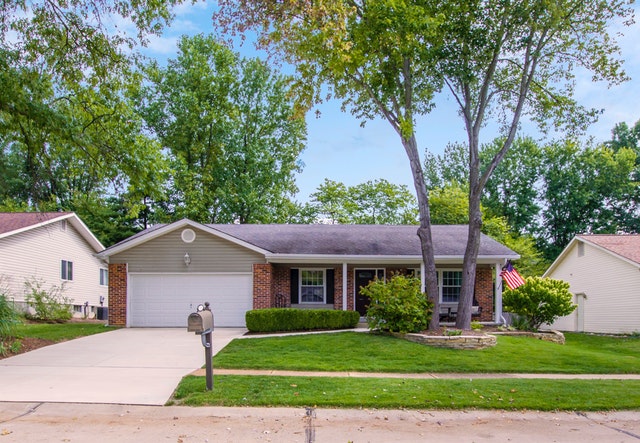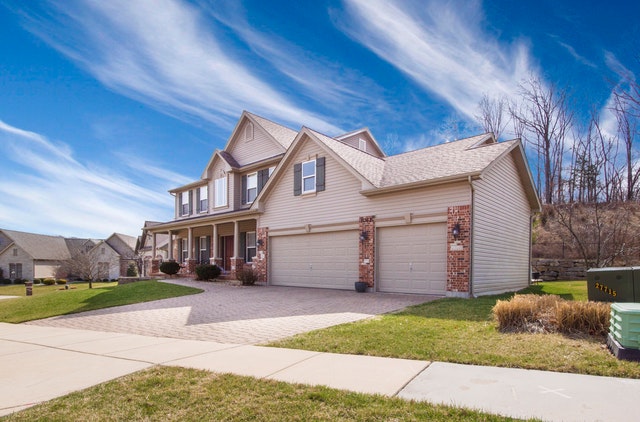 Are you just starting on your real estate investing journey? Many newcomers are surprised to learn that there’s more to making money on the real estate market than buying and selling. These are some of the most popular strategies real estate investors use to create profits. Which one is right for you?
Are you just starting on your real estate investing journey? Many newcomers are surprised to learn that there’s more to making money on the real estate market than buying and selling. These are some of the most popular strategies real estate investors use to create profits. Which one is right for you?
Buy And Hold
Buy and hold investors play the market like stocks. They buy properties when prices are low, then hold them until values are high. During the holding period, some investors choose to offer their properties as rentals. Apartment buildings are also a popular option for buy and hold investors, as these properties are always in demand.
Buy and hold investors might run into problems with out-of-control cash flows. Make sure you have plenty of backup cash to keep you afloat until the next sale.
Short Term Rentals
Sharing apps like Airbnb are changing the way short term rentals are done. Instead of pumping money into sterile timeshare properties, travelers are choosing a more home-like environment during their vacations. Many real estates investors concentrate on maintaining homes in various locations and offering them as an alternative to more traditional temporary accommodations.
Vacation renters can be particularly hard on properties. Check your insurance coverage to make sure you have access to enough cash to repair or replace any damages your visitors leave behind.
Fix And Flip
Made popular by a plethora of cable television reality shows, fix and flippers purchase distressed properties at low costs. They then spend some time correcting cosmetic defects, sprucing up any signs of disrepair, and making the property ready for new residents.
A quick sale ensures maximum profit. However, those can be hard to find. If the market suddenly changes, you could find yourself stuck with mortgage payments you weren’t prepared to meet. Always have a backup plan to protect your personal assets.
Commercial Leasing
From the corner drug store to a multi-unit strip mall, commercial property presents a unique opportunity for more advanced real estate investors. It takes a lot of buying power to acquire commercial property. However, commercial leasers usually last much longer than their residential counterparts, which means a more secure and longer-lasting income stream.
Keep in mind that empty commercial buildings take longer to fill. Check your resources to ensure you can survive a long period at less-than-optimal occupancy.
Real estate investing is a diverse discipline. Choose the strategy that works best for you to enjoy a long and happy career.
If you are in the market for a new investment property, sure to contact your trusted real estate professional.
 Builder sentiment held steady in March as headwinds in housing markets affected homebuilder confidence, but National Association of Home Builders Chairman Greg Ugalde said that builders were looking forward to a “solid spring home-buying season.” Builder sentiment mirrored February’s index reading of 62; analysts expected an uptick to 63.
Builder sentiment held steady in March as headwinds in housing markets affected homebuilder confidence, but National Association of Home Builders Chairman Greg Ugalde said that builders were looking forward to a “solid spring home-buying season.” Builder sentiment mirrored February’s index reading of 62; analysts expected an uptick to 63. Whether you’re finally prepared to get into the real estate market or you want to know how you can make a deal quick, there are a few necessary documents you’ll need to prove your reliability to a mortgage lender.
Whether you’re finally prepared to get into the real estate market or you want to know how you can make a deal quick, there are a few necessary documents you’ll need to prove your reliability to a mortgage lender. Last week’s economic reports included readings on retail sales, inflation and construction spending. New home sales Consumer sentiment readings were posted along with weekly readings on mortgage rates and first-time jobless claims.
Last week’s economic reports included readings on retail sales, inflation and construction spending. New home sales Consumer sentiment readings were posted along with weekly readings on mortgage rates and first-time jobless claims. Are you saving up money for a down payment? Saving money to put down on a home is always a smart idea, but there are right ways and wrong ways to go about it. Understanding how to best save for a down payment will go a long way toward ensuring you’re ready when you finally find the house of your dreams.
Are you saving up money for a down payment? Saving money to put down on a home is always a smart idea, but there are right ways and wrong ways to go about it. Understanding how to best save for a down payment will go a long way toward ensuring you’re ready when you finally find the house of your dreams. With the sometimes high cost of buying and maintaining a home and the concept of being sustainable becoming more popular, many people are considering moving to a smaller home to minimize their impact. It’s important, however, to consider what living small is really like before deciding that it’s the right move for you.
With the sometimes high cost of buying and maintaining a home and the concept of being sustainable becoming more popular, many people are considering moving to a smaller home to minimize their impact. It’s important, however, to consider what living small is really like before deciding that it’s the right move for you.